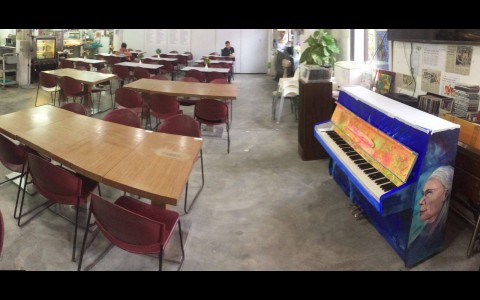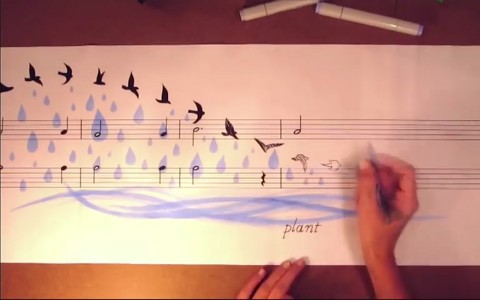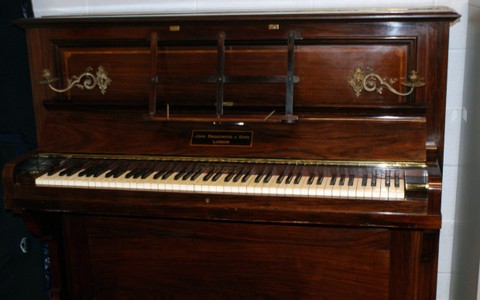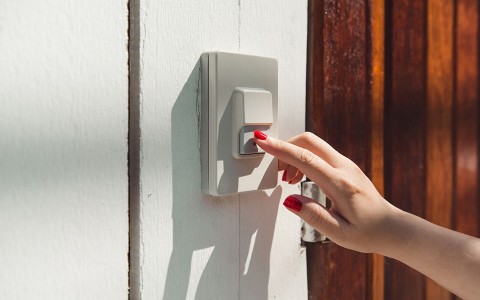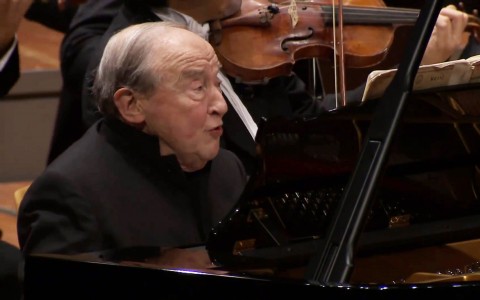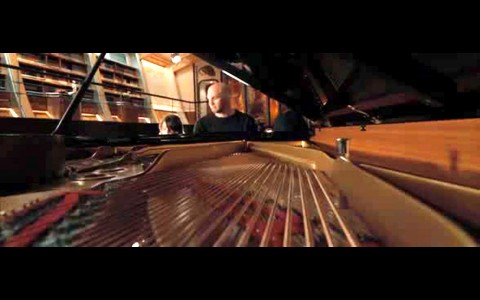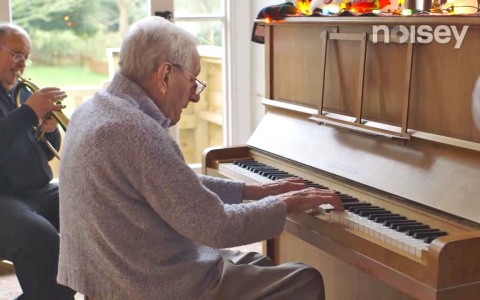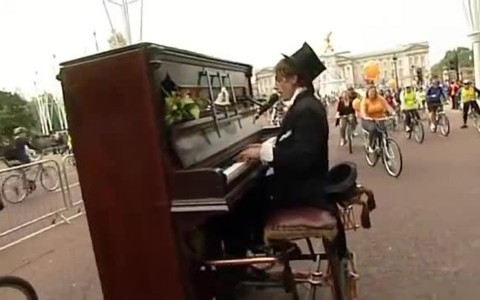Playing the piano brings hours of joy to pianists and undoubtedly, the passion for playing is what drives them forward and allows them to go on to perfect their skills. Those who make piano-playing a career, however, face a lot more stress than those who play purely out of interest. The rigours of intensive practice, the long hours of sitting upright on the bench and the stress arising from having to perform before hundreds, if not thousands of people, can all take a toll on professional pianists. If left unaddressed, these stresses can possibly have negative impact on the playing quality.
In recent years, people have devised methods to take care of the body to ensure that it stays in top form. Just as professional athletes watch their diets and have enough sleep so that they are in tip-top condition during training and on the track, pianists have their unique ways with which they take care of their bodies to ensure they are on top of their game. One such approach is known as Piano-Yoga®, a relatively recent technique developed by virtuoso pianist Génia. Born and educated in the Soviet Socialist Republic of Ukraine but now based in London, where she runs the Génia MUSIC piano school and Piano-Yoga® Music Centre, Génia developed this technique in 2007 after suffering from years of muscular tension and chronic back pain owing to years of intensive practice.
While the strict Russian educational system puts emphasis on performance and competition and uses them as motivators to push students to their maximum, Piano-Yoga focuses on making piano-playing as enjoyable as possible. Génia’s approach calls for creating an optimal environment, encompassing the health, physical and mental space, so that the pianist finds himself or herself in a relaxed environment in which to play. Specifically, it combines the rigours of piano practice with the ancient Ayurvedic philosophy, which seeks to achieve a balance between body, mind and spirit using a combination of diet, postures, treatment and breathing.
Piano-Yoga incorporates what is known as “body discipline” as one of the aspects of the routine. It calls for the student to do exercises on the fingers, to increase the strength within them and the hand span, as well as to adopt the correct sitting posture. Yoga exercises are also incorporated within the piano practice. Students stretch and relax their bodies so they able to focus and last longer at the piano. The regime also calls for the student to monitor their diet and feelings, as well as making minor adjustments to their lifestyle to achieve the desired results.
Apart from building strength and resilience in the body, Piano-Yoga also aims to create an ideal external environment conducive for practising on the piano using aromatherapy. It uses the calming qualities of various essential oils to elevate the players’ mood so that they will be able to improve their concentration. Students who have been through the programme have reported positive results. The unorthodox methods rarely seen in the world of music might have been helpful in helping pianists achieve better performance.
It is amazing how an ancient Indian practice from 3,000 years ago, often seen in helping modern-day professionals and city dwellers achieve balance and peace, can help in the playing of the piano. Bringing the two seemingly unrelated realms of yoga and music together might do wonders and possibly make playing the piano a more pleasurable experience!

